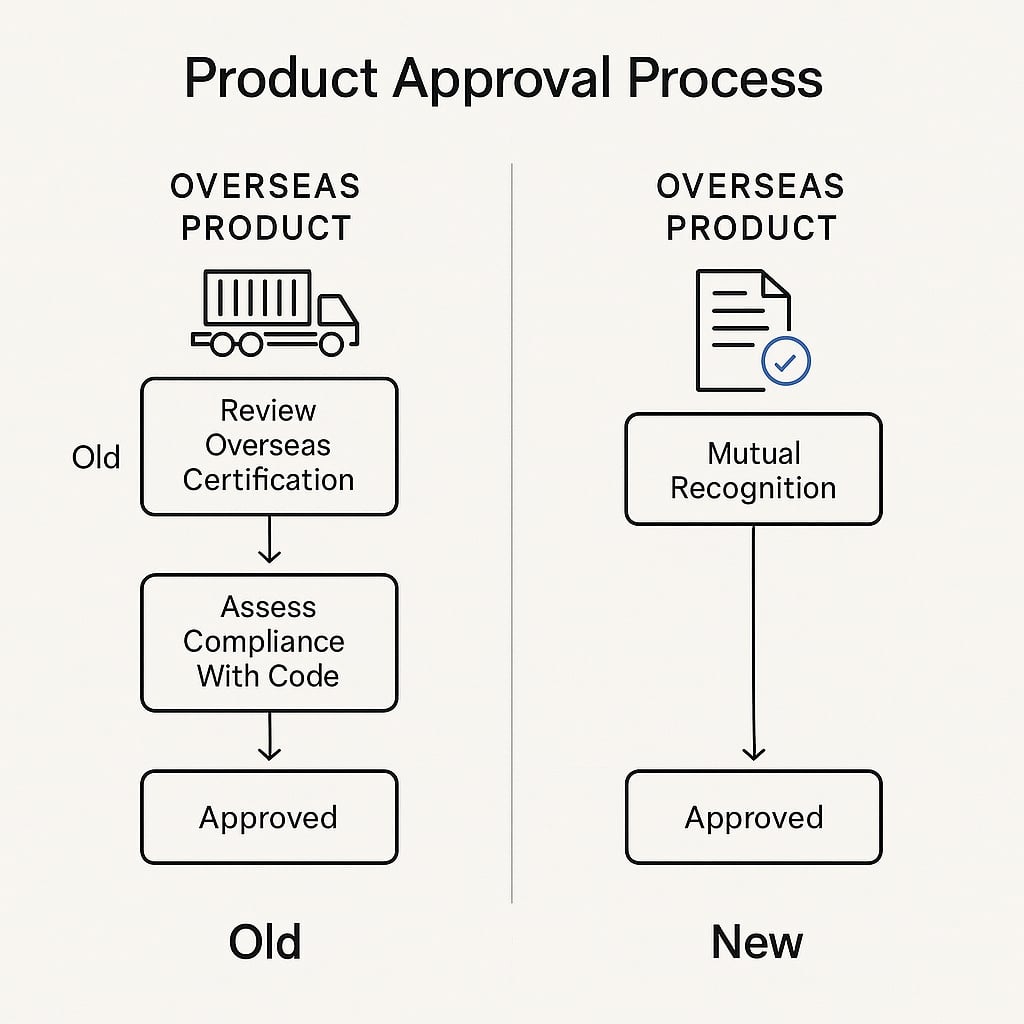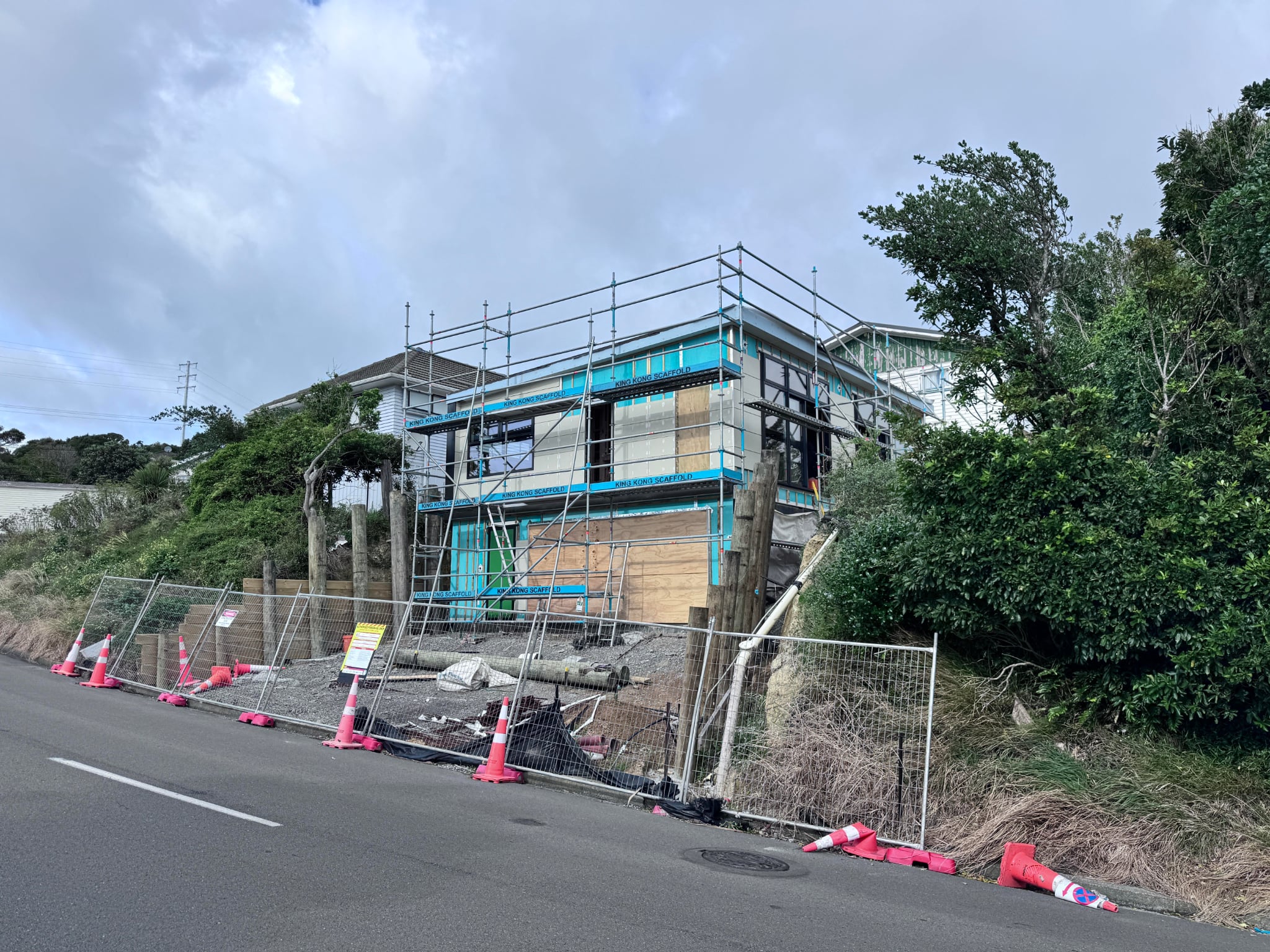New rules will make specifying materials easier. The result is smarter, faster outcomes for property owners.
A set of recent regulatory updates will see thousands of building products from overseas markets made more accessible for use in New Zealand. These changes aim to reduce unnecessary duplication in approval processes while maintaining the performance standards required by the Building Code.
For experienced property owners used to managing complex projects, this is a welcomed shift. It means a clearer pathway for using proven products, less wasted time in the consent process, and more design freedom without compromising compliance.
What is changing and why now
Until now, using internationally certified building products in New Zealand often meant re-proving their fitness, even when they already met rigorous standards overseas. That friction has slowed down projects and limited the scope of what could be used. This applied even to products that were better performing, more durable, or simply more suited to a project’s needs.
The Government has now introduced a mutual recognition approach. Products already tested and approved under recognised international systems may now be accepted without further review, as long as they align with New Zealand’s performance expectations.
In parallel, a new set of product specifications has been published. These outline performance expectations for high-volume materials such as roofing, insulation and concrete. The aim is to make compliance easier to demonstrate, whether products are local or imported.

Opportunities for property owners who value efficiency
For Modal Architecture’s customers, these changes create a clear advantage. You expect rigour without the need to micromanage. This is a shift that supports that mindset.
It means fewer delays at consent stage, less back-and-forth with councils, and fewer substitutions on site due to product availability. Our team can now specify a wider palette of materials with more confidence that approvals will not stall. This brings greater flexibility to support performance, aesthetics and project timelines while keeping the process in control.
It also empowers our business to lead decisively. We can now recommend proven, fit-for-purpose products without having to re-justify their use at every step.

But not every door is open yet
While this is a significant and positive move, it is not a free-for-all. Imported products still need to meet local performance benchmarks. The burden of proof has shifted, but it has not disappeared.
There is also nuance in how the rules are interpreted. Mutual recognition is a faster route, not a shortcut. This is where strong leadership matters. It is about knowing how to present specifications, how to document them, and how to work with councils and consultants early in the process to ensure alignment.
For property owners who want momentum without being pulled into technical detail, this is where Modal Architecture adds real value. We lead the coordination, translate regulation into action, and protect quality across every step.

Why this matters now
These changes come at a time where supply chain challenges and time-sensitive delivery have become a constant pressure. Delays caused by unavailable materials, approval bottlenecks or misaligned specifications can set projects back by months.
By opening the market and bringing clarity to standards, the system becomes more focused on performance. For those who have felt limited by outdated processes or restricted by local stock, this shift introduces flexibility with accountability.
Our role moving forward
Modal Architecture will continue to assess every specification through the lens of buildability, compliance and sequencing. The wider set of options now available does not change our expectations. It strengthens what is possible within them.
We will always recommend materials and methods that respect your time, reduce risk and deliver a precise outcome. If an imported product supports that goal, we now have a better way to include it.
The system is evolving. Our processes already meet that pace. You can expect clarity in every decision, and confidence that each product is there for good reason.

References
We relied on some great sources to ensure this blog post was evidence-based. Specifically, we relied on articles and reference material from the following sources: MBIE, RNZ and the New Zealand Herald


